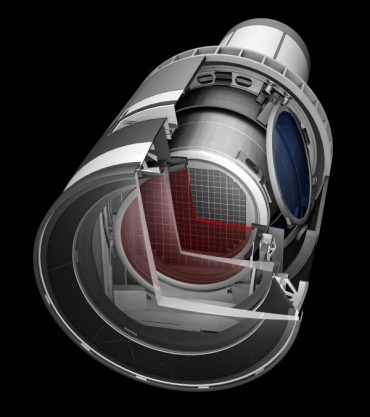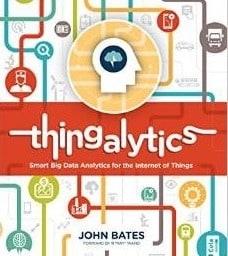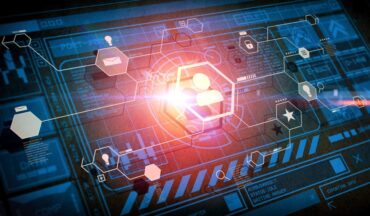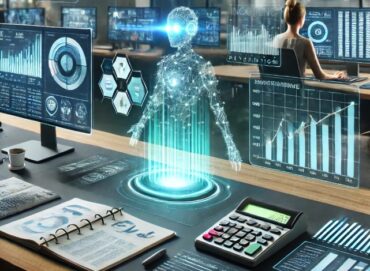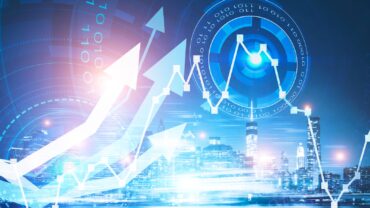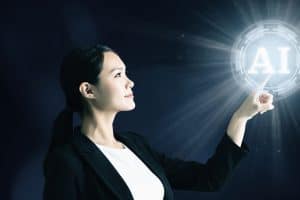
AI is being targeted at new application areas where it can help to get work done and help humankind
Given world events, it’s easy to forget that artificial intelligence (AI) was a “someday” thing just five years ago. The hot issue circa 2015-16 was whether a company should commit to big data analytics, even basic descriptive analytics.
Conversations about AI then centered on lifestyle applications: “Alexa, play a song,” autonomous vehicles that would let you read a book on the way to work, and virtual presence robots that would allow remote workers to roam the office chatting with coworkers. Alexa is still mainstream, but the others linger in Someday-Ville.
Today’s AI applications – and dreams – focus more on two more tangible benefits: Getting work done and the betterment of humankind. That transition is typical of many technical evolutions. The PC was a hobbyist toy until spreadsheets and word processing changed the way business was done. The airplane and motorized vehicles were recreational gimmicks long before they became crucial to commerce. Remember when the phone was for a Sunday call to Grandma?
Consider how people view AI now, as reflected in recent news coverage.
AI in healthcare today
There’s growing interest in the use of AI for healthcare, to the point that the World Health Organization has issued guidelines for how to implement it in a safe and fair manner. While warning against “overestimating the benefits of AI for health,” WHO noted how AI is already being used to improve the speed and accuracy of diagnoses, drive new drug research, and support public health management, particularly in wealthy countries.
“AI could also empower patients to take greater control of their own health care and better understand their evolving needs. It could also enable resource-poor countries and rural communities, where patients often have restricted access to healthcare workers or medical professionals, to bridge gaps in access to health services,” said the agency.
WHO also warned, “Opportunities are linked to challenges and risks, including unethical collection and use of health data; biases encoded in algorithms, and risks of AI to patient safety, cybersecurity, and the environment.”
AI in the public realm
In the government sector, the US Government Accountability Office (GAO) developed its own framework for use of AI by federal agencies.
According to the website Homeland Security Today, the US government already has AI-based applications in areas such as transportation, healthcare, education, finance, defense and cybersecurity.
The framework addresses governance, data, performance and monitoring in an effort to ensure accountability and responsible AI use. “AI is evolving at a pace at which we cannot afford to be reactive to its complexities, risks, and societal consequences. It is necessary to lay down a framework for independent verification of AI systems even as the technology continues to advance,” said the GAO.
The report also noted that one of the greatest challenges facing AI implementation efforts is the lack of skilled AI talent in the workforce.
Ensuring a rich food chain
AI use in supporting the global food supply is the focus of an AI initiative in Canada.
Agriculture Canada is looking at how farmers can prepare for the inevitable droughts, and its data scientists have been working on an AI program that may help with the type of drought conditions found in the plains regions of the US and Canada today.
Drought Outlook is designed to forecast drought conditions and look 30 days into the future.
The program studies 21 different drought models used in various parts of the world, and is designed to learn from how those models have been utilized. It then blends in the real-world experiences drawn from where remediation efforts in drought instances have been successful.
Passing on knowledge
One area where AI has long held at least theoretical promise is knowledge management.
No matter the business sector, one challenge that organizations face is the dynamic nature of today’s workforce. It’s not just about Baby Boomers retiring and taking their experience and knowledge with them, but workers of all ages changing jobs. The challenge is in how to share the problem-solving experiences of one worker with that person’s peers or successors.
US Defense Advanced Research Projects Agency (DARPA) has launched a program designed to share such experiences. However, the sharing and learning isn’t so much from worker to worker, but more importantly, from computer to computer.
The Shared-Experience Lifelong Learning (ShELL) project has the goal of using AI and machine learning to help defense systems share what they have learned from situations with other computers running AI applications.
“ShELL seeks to advanced computer sciences in lifelong learning by computers that share experiences with each other. Lifelong learning is a relatively new area of machine learning research, in which computers continually learn as they encounter varying conditions and tasks while deployed in the field,” according to a report by Military Aerospace.
“ShELL has three core challenges: what knowledge should be shared and incorporated; when and how should computers share their knowledge; and develop lifelong learning algorithms that account for the size, weight, computing, and communications constraints of the platforms supporting each learning computer,” the report continued.




